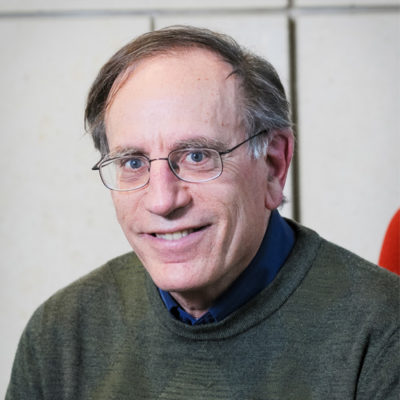As 1-Year Mark Looms, No Finish Line In Sight In Preliminary Murder Hearing
Summary
One year ago come Thursday, people lined up in front of the former U.S. Bankruptcy Court building on 12th Street in downtown Modesto.
It is now used as a Stanislaus County courtroom, and many of them came that day to support longtime Modesto criminal defense attorney Frank Carson. He is among six people facing charges ranging from murder to accessory and obstruction of justice in one of three separate prosecutions stemming from the 2012 killing of Korey Kauffman.
…
“Most are pretty short,” Stanford Law School professor Robert Weisberg said. “That one (the Kauffman case) is one of the longest I’ve ever heard of.”
…
The sheer volume of evidence and testimony presented, Stanford’s Weisberg said, can be by design by both sides. The caveat: Weisberg hasn’t followed the Kauffman case specifically and spoke only in general terms based on his experiences in other cases. Such cases with multiple defendants often are extremely complicated, he said. The number of witnesses called in the preliminaries can make them more so.
“It has a lot to do with lawyers’ strategies,” he said. “The prosecution might be trying to beat down the defense to get pleas.” Or, Weisberg said, defense lawyers might opt for a longer prelim in which an impartial judge might rule that the prosecutors didn’t make their case for trial, thus avoiding a jury that might otherwise convict.
Under just about any circumstances, he said, the defense gains an advantage when the prosecution “overloads” the preliminary hearing with witnesses and evidence.
“They can go for impeachment from the discovery and testimonies,” he said.
Read More
